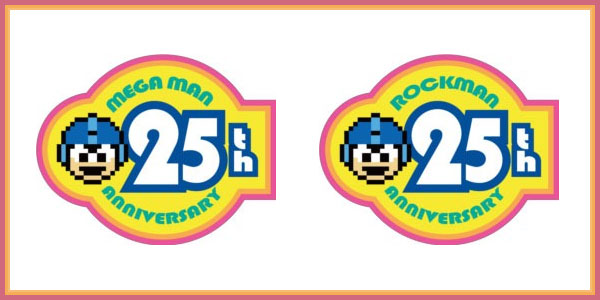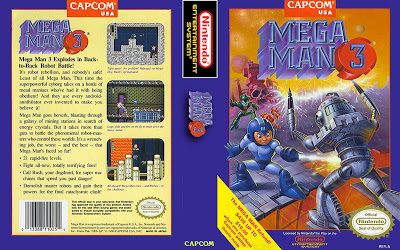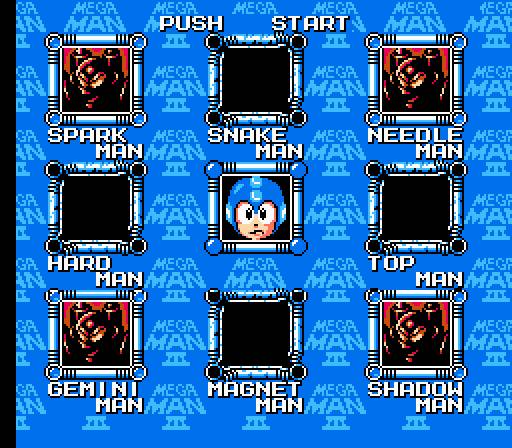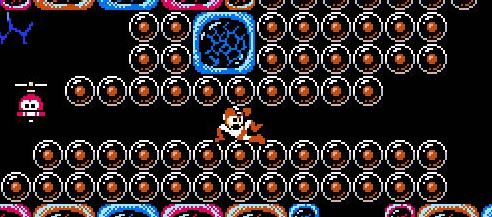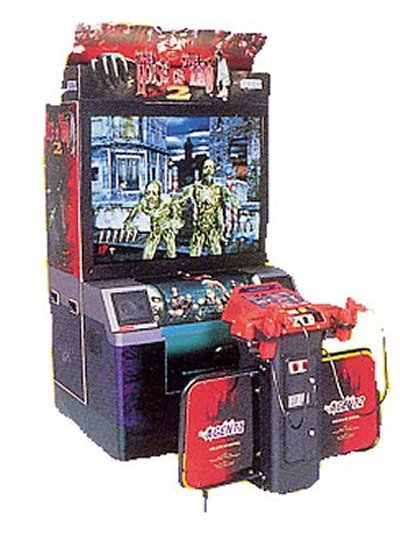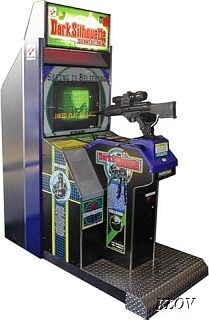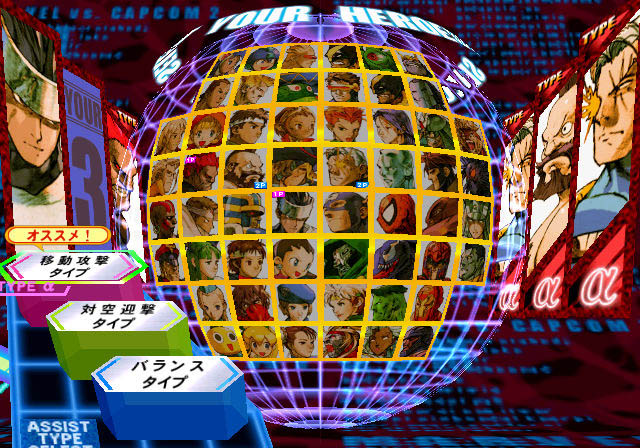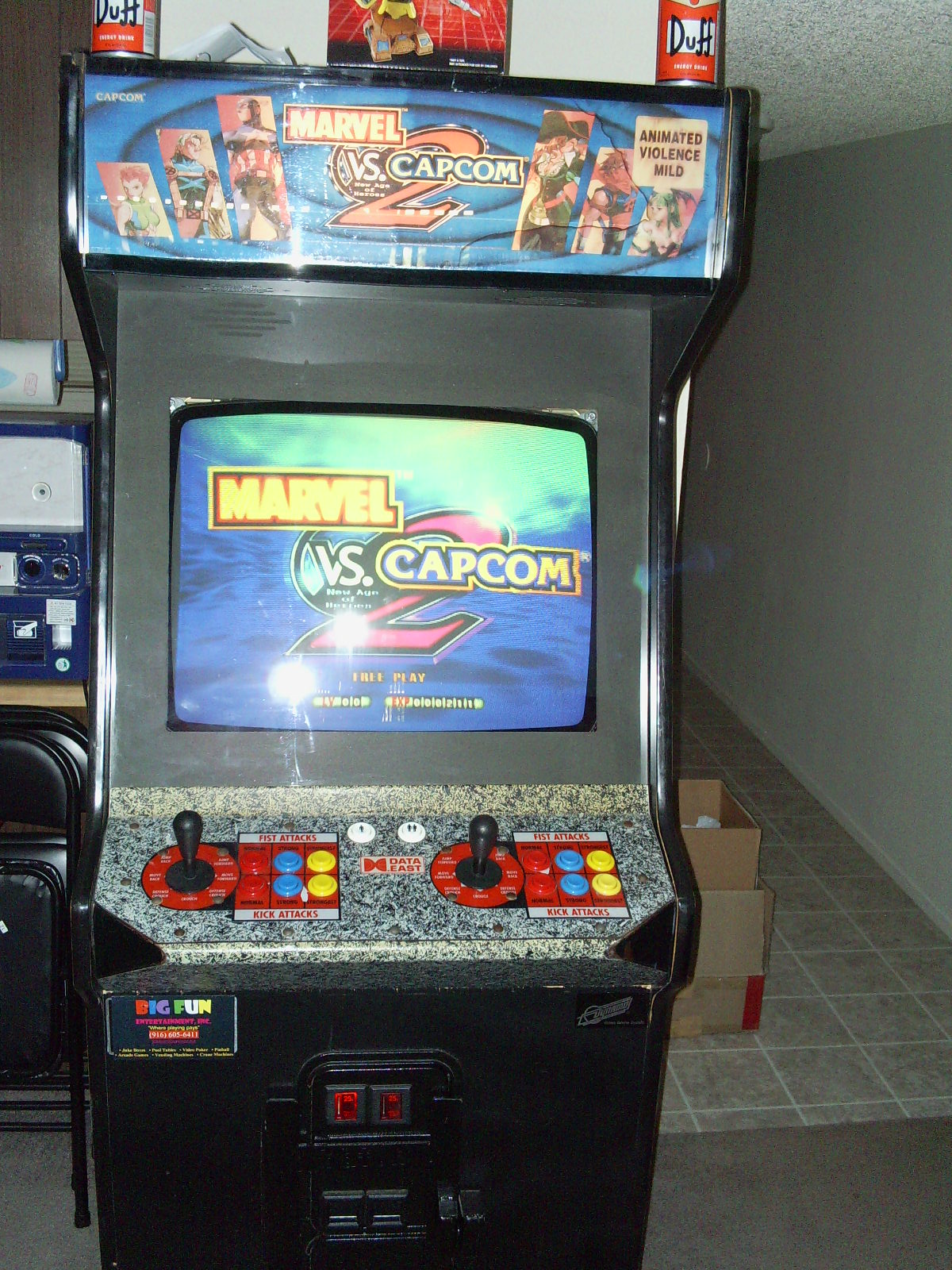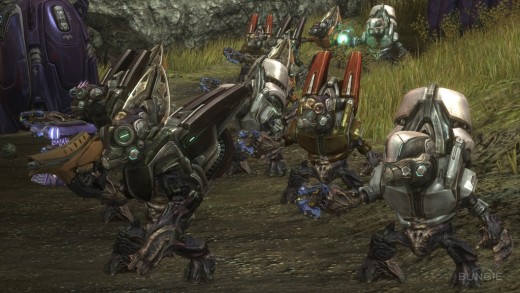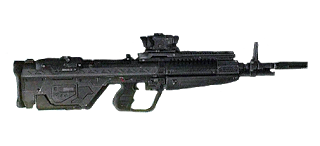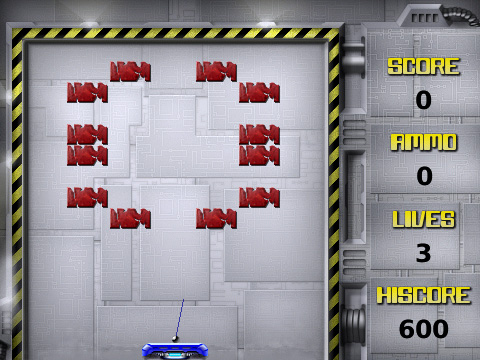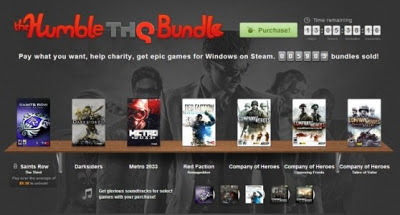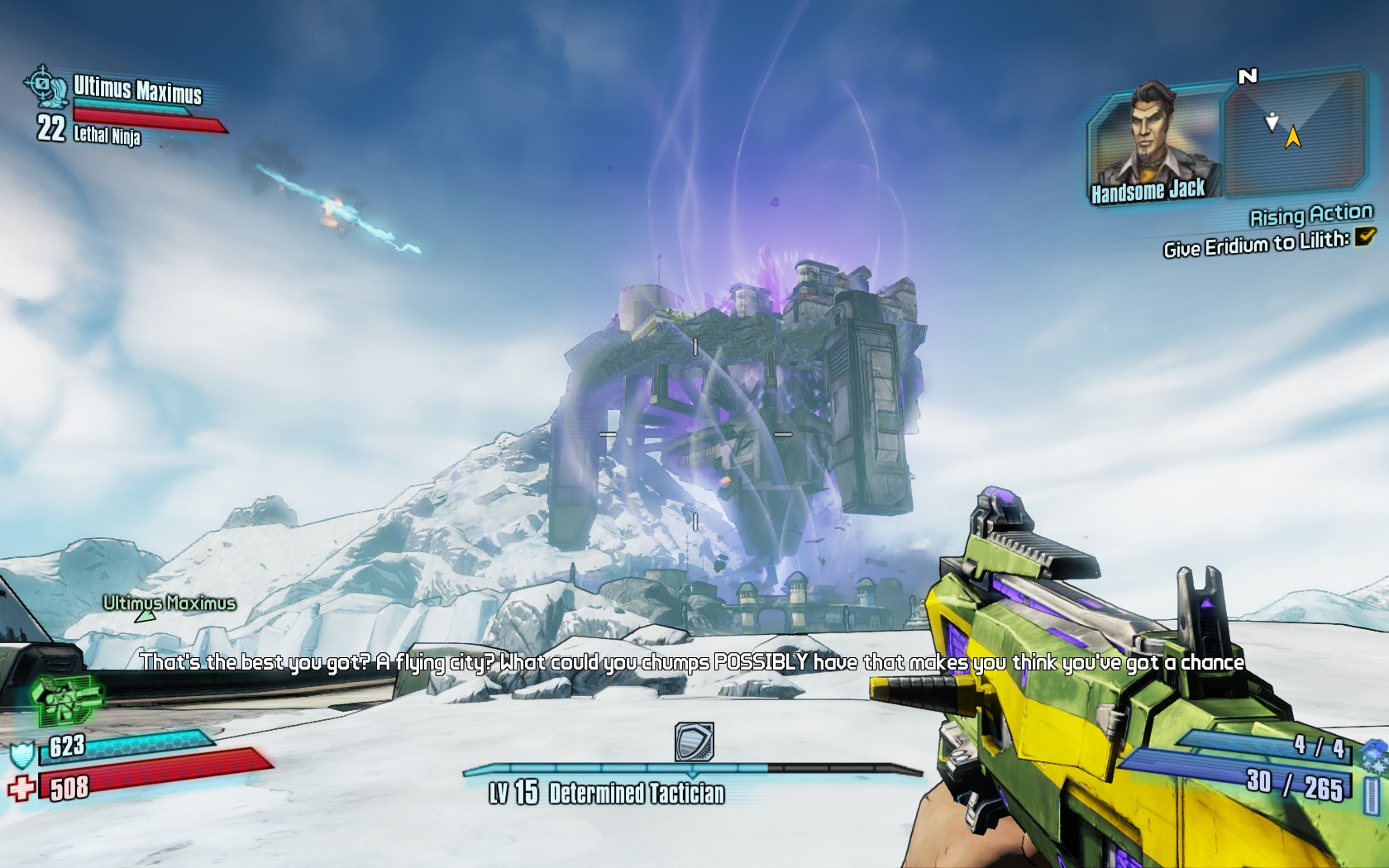Gaming Stories: Cook, Serve, Delicious! Days 1 & 2
It’s hard to open a business in the current economic climate, and it’s common wisdom that it’s especially hard to open a restaurant. While the commonly cited statistic of 90% of all new restaurants fail is a myth, even if we accept that 60% or even just 30% of all restaurants fail in the first year, a new restaurateur still faces an intimidating set of challenges. Naturally, my new year’s resolution for 2013 was to open a restaurant and manage it until it is a success. Unfortunately, I haven’t defined what “success” in this case means in the long term, so for now, survival will equal success.
I had spent the past few months studying the biggest pitfalls a new restaurant faces. As I understand them, they are:
-lack of a unique selling point that is unrelated to food and service (for example, Sonic offers “nostalgia” as its selling point)
-the menu is too large, which lacks focus, requires large inventory, more equipment and personnel, longer ticket lines and keeps customers inactive for too long;
-inability to manage logistics;
-poor pricing strategy;
-no marketing skill;
-poor negotiation skills with suppliers.
I’m not sure what my restaurant’s unique selling point is; I can’t come up with anything that matches the attractive location I secured in SherriSoda Tower, where the local economy is beginning to pick up after some tough times. I hope that my previous work experience have provided me with management, marketing, and negotiation skills. I suppose I’ll find out whether I’ve priced my goods properly.
I was able to secure the crucial liquor license, so I will be able to sell beer and wine at my new restaurant. I plan to use my beer and wine sales to form the backbone of my menu while I find actual food items that will work in this location. After all, the actual mechanics of serving beer and wine are relatively easy, and both provide opportunities for tips later down the line. I am concerned about the clientele and reputation that my restaurant will attract because we sell beer and wine from opening until closing.
For now, I’ve decided to also offer salads and grilled chicken breasts, which are both simple to make and should be in fairly high demand during lunchtime. Also, neither salads nor grilled chicken breasts require additional equipment, which should help me keep my opening costs down for a while.
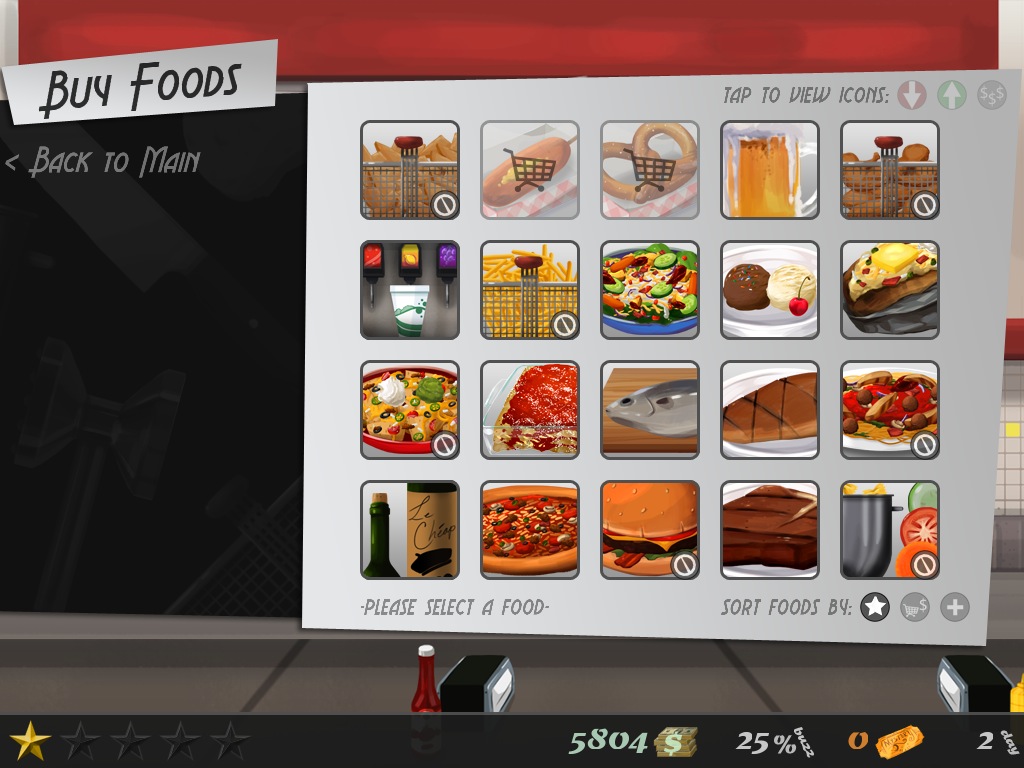 |
| I settled on simple, staple items for my opening menu. |
Day 1: Soft Opening
Because we didn’t have the budget to advertise widely, I employed a soft launch strategy for my new joint. I’ll have to rely on my skill to build the buzz for my restaurant.
We opened at 9 a.m. Sunday morning, and I’m already distressed by my customers’ dietary choices. Who has a salad with just ranch dressing and cheese at 9:15 in the morning?
 |
| One of many salads I served today. |
I think that I had a pretty good day; at this point, the first few days will serve as the baseline for future days. I served 55 customers today, and I only screwed up 2 of them, and only 1 of them badly at that. At one point, I completed 35 orders perfectly in a row. I earned $361 by the time we closed at 10 p.m., which seems like a pittance, but at least I can feel like I earned every cent with my labor. My service and food have begun to earn my little restaurant some praise; my messed up order created some negative buzz, but my restaurant earned 26.5% positive buzz overall today. Thankfully, there wasn’t a huge run on beer and wine in the morning; I’d think that would reflect poorly on my business and on SherriSoda Tower. I was glad when the last order of grilled chicken breast was served though. I’m beat.
I hadn’t anticipated how often I would need to clean the dishes, take out the garbage, or flush the toilets. Who are these people who don’t know how to operate a toilet? Washing dishes has quickly become my least favorite part of owning and operating a restaurant.
 |
| Taking trash out is simple compared to washing dishes. Oh, those dishes. |
Day 2
The soft launch continues, and I’m pleased that we picked up some new customers today. In total, we served 64 people, and I completed 40 orders perfectly in a row and 62 orders in total. I’m beginning to feel like I’m getting a handle on the cooking side of this business.
I was able to install a tip jar for today, which added to my daily earnings. Today, I earned $414 and $18 in tips. It’s a little disappointing considering how much beer and wine I served today, but I hope that my customers will become more forthcoming with their tips in the future.
My grilled chicken breast has been the hit item on the menu so far; there was definitely a run on chicken from morning until the afternoon.
I wonder if I’m ready to explore more difficult items. People love burgers. Maybe I should consider adding burgers to my menu? I’ll admit that the idea of adding foods to my menu that will generate more dish-washing intimidates me because I hate washing dishes.











